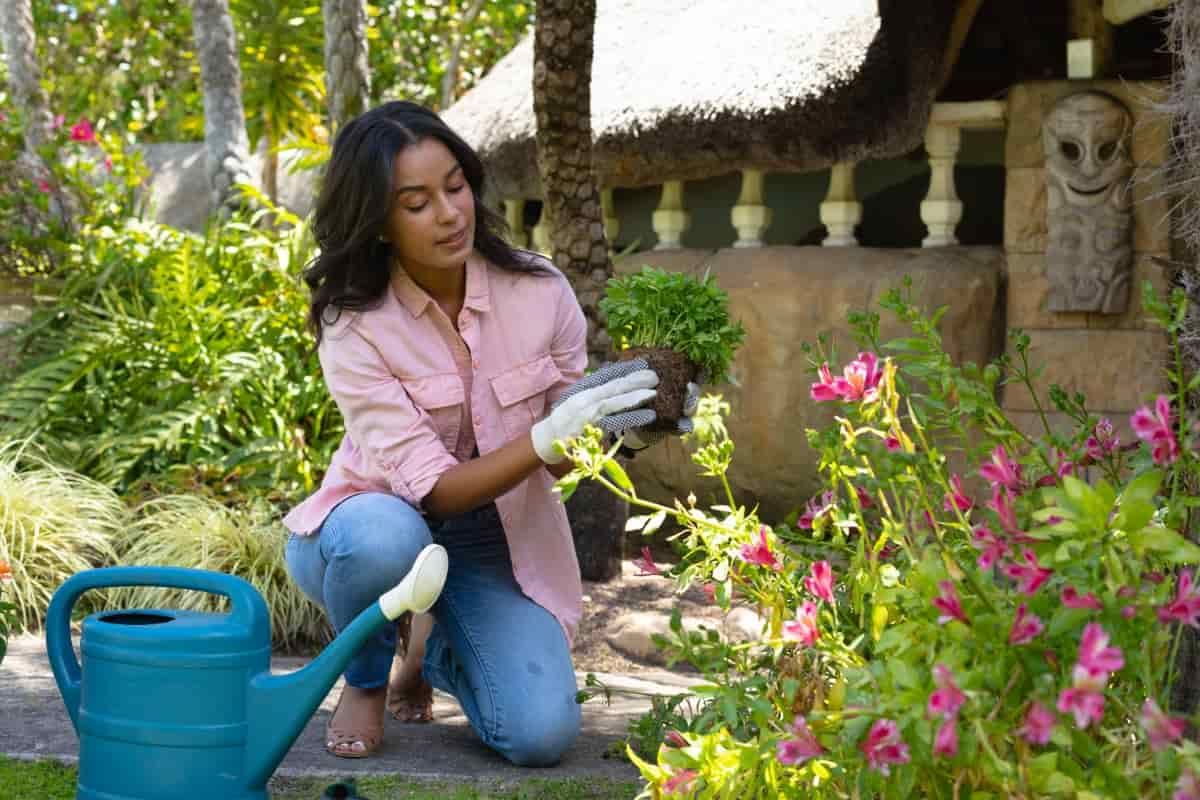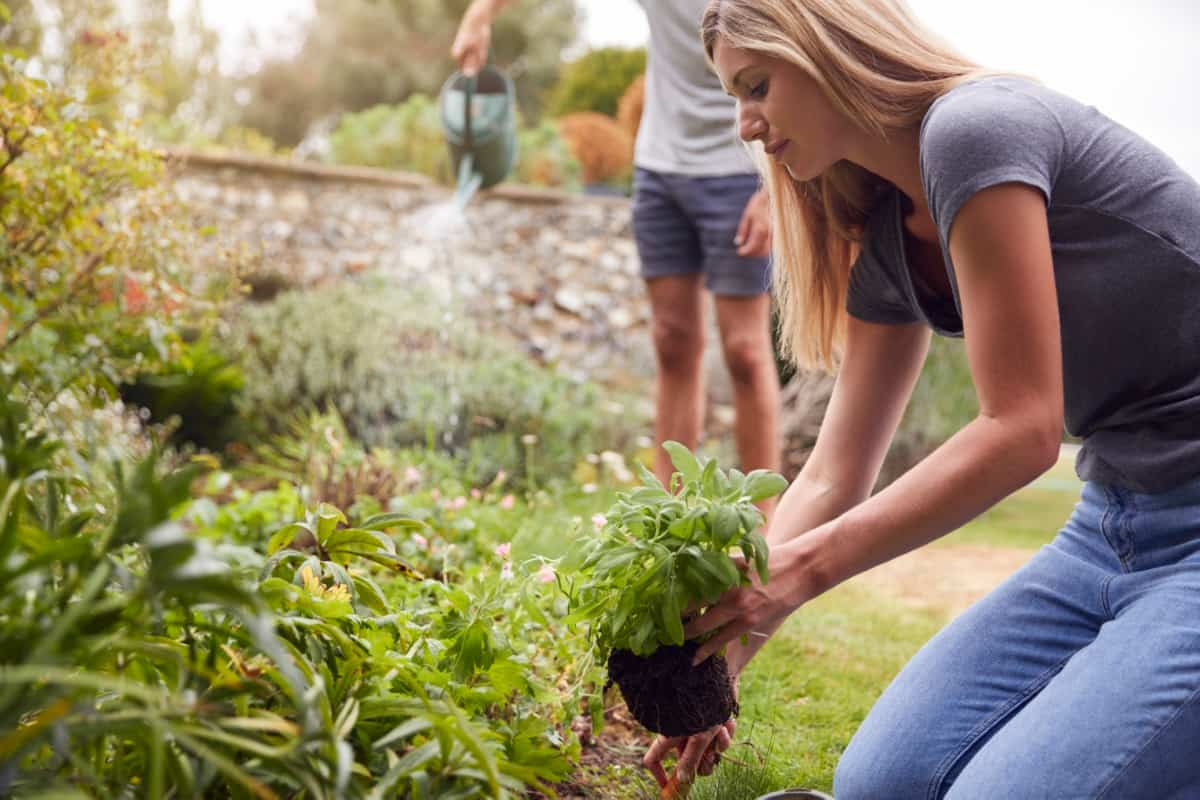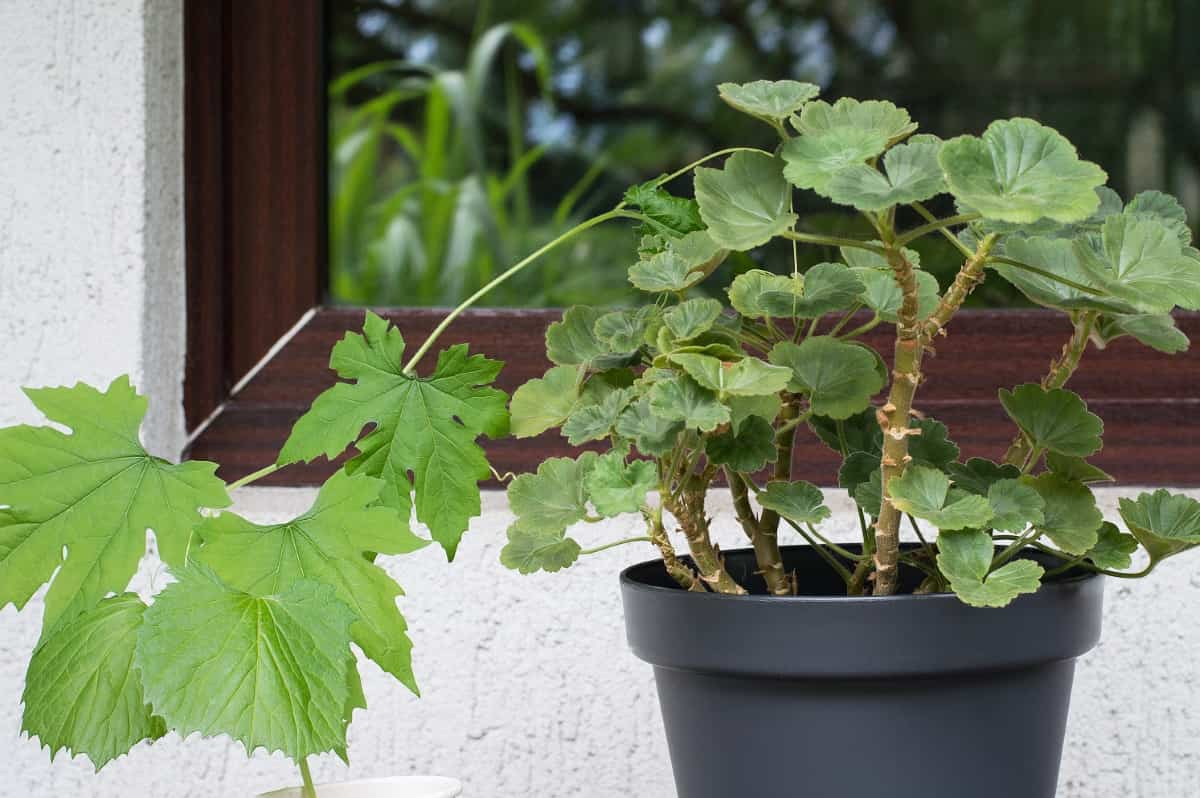Your outdoor plants need the right conditions to grow up in if they are to thrive, as well as your tender love, care, and attention. As a result, they quickly wilt and die without this nourishment. It’s important to remember that sometimes, overtaking them can also cause their demise. In the absence of knowledge about the plant or the symptoms, diagnosing those diseases can be difficult. Take good care of your outdoor plants and monitor them for signs of illness to ensure they thrive and don’t die. The following are common causes of a dying garden.

9 Causes of Dying Outdoor Plants
Due to Incorrect Amounts of Sunlight
There are different kinds of outdoor plants. While some love full sun, others prefer partial or early morning sun. Make sure you know what conditions your outdoor plants are accustomed to. The stem of our plant looks as if it is craning toward the sun. More light is probably needed. When you have a plant that prefers full sunlight, such as a grass species, plant it where it will be enjoyed. Partial sunlight is necessary for some plants. Don’t overexpose your plants to sunlight without noticing the signs. Most often, these signs appear as wilting, brownish plants.
Due to Under-Watering
In terms of your garden, water is the medicine of life. Plants are more likely to die if they are dehydrated. It may also be impossible to revive the soil holding your plants if neglected for too long. Soil can become so dehydrated that it can no longer hold any moisture. You should create a watering schedule and stick to it to keep your plants well-watered and hydrated. Don’t forget to do it every day.
Due to Over-Watering
Taking too much care of your plants could also result in nibbling or, in the worst case scenario, death of your plants. Monitoring the condition of your planting soil mix is always a good idea. If it looks and feels dry (light colored and thin), water it immediately. It is probably okay to leave it for a while if it feels moist and has a rich brown color. You should also note that water requirements vary from plant to plant, so follow the instructions specific to your plant to ensure your plants thrive.
Due to Poor Soil
If your outdoor plants are dying, you may need to consider poor soil. It is common for some plants to suffer from toxic situations caused by an incorrect balance of nutrients in the soil. In other cases, the soil lacks nutrients and cannot provide the plants with what they need. In the case of poor soil, additives, and fertilizer can be added to boost it. To ensure your plants thrive, you can test the soil to determine what specific elements it requires.
Poor Drainage
Bad drainage is one of the main reasons why outdoor plants die. The soil or potting mixture needs to be porous enough to allow for good drainage of water. Containers should have holes at the bottom, and the holes should not be blocked if you are growing plants in them. By pouring water into the pot, you can see if the soil takes the water and flows out through the hole.
In case you missed it: 8 Causes of Dying Plants in Pots/Containers and How to Fix Them?

Replanting the pot might be good if the water does not flow out. Add some stones to the bottom this time to ensure good water drainage. Add coco peat or a similar organic mulching mixture to the soil for better drainage to improve its porosity.
Due to Wind Storm Damage
Flooding, especially during heavy rains, can damage plants. As well as bruising or splitting bark, hail can shred leaves or shred leaves by shredding them. Plants may be dislodged and roots disturbed by strong winds. Storm damage can kill a plant slowly, especially large plants or trees, and the weather event may be forgotten when the plant dies. Plants in this category should be protected with a wind-tolerant fence or shrubs. Plan your protective barrier carefully to block as much wind as possible without providing too much shade. Preventing damage from the wind with pruning can be very effective for trees. They are
- Thin the tree’s canopy so that wind can pass through instead of pushing against it. Remove some of the main branches to achieve this.
- Remove lower branches to raise the crown.
- By shortening upright branches, you can lower the crown.
Due to Over-fertilizing
Many gardeners reach for fertilizer when their plants aren’t performing well. The extra food that plants receive may not be what they need, and too much fertilizer may also be detrimental to their growth. Plants use fertilizer when actively growing, and most established outdoor plants only require fertilizer once or twice a year. Exceptions to this rule are plants that require a lot of energy to produce fruit, flowers, or edible leaves – these plants benefit from regular fertilization.
Due to Pesticide and Herbicide Damage
- Follow the directions carefully and read any warnings or cautions when using any pesticide to treat a pest or disease. Plants can be damaged and killed by incorrect application of pesticides, even organic pesticides.
- When herbicides are applied nearby to kill weeds, plants are often damaged or killed. It is best not to spray on windy or hot days, and you should always read the label before applying the product. Weed around garden plants and in garden beds by hand.
Infestation of Pests or Strike of Disease
When it comes to plants, pests, and diseases are among the most deadly killers. In the blink of an eye, your plants will thrive, and in the next moment, they will be covered with lice or mites. The leaves hang limply at the top of the stem for a while before they have black or brown tips on the leaf.
In case you missed it: 7 Causes of Dying Plants in Winter and How to Fix Them?

A daily or weekly inspection schedule is recommended to ensure no signs of disease are present. The earlier you can identify a disease, such as a bacterial infection, the sooner you can help your plants recover and recover from it. Your plants stand a better chance of surviving longer if you catch and repel pests quickly.
Conclusion
Most outdoor plants survive quite well independently, provided you check to ensure that none of the nine reasons for their death are causing them to die. Despite this, neglect is the most common and troubling cause of death, often leading to suicide. If the right kind of plant is planted in the right place and receives the right amount of sun, water, etc., there should be little reason for the plant to die. Nevertheless, every plant is susceptible to unique diseases and pests that can affect it.
- Feed Your Flock for Less: Top 10 Tips to Save on Chicken Feed
- Ultimate Guide to Ossabaw Island Hog: Breeding, Raising, Diet, and Care
- Hatching Answers: The Top 10 Reasons Your Chickens Aren’t Laying Eggs
- Eggs and Economics: Breaking Down the Cost of Raising Backyard Chickens
- Defend Your Greens: Proven Methods to Keep Iguanas Out of Your Garden
- Ultimate Guide to Cinnamon Queen Chicken: A Comprehensive Guide for Beginners
- Ultimate Guide to California Tan Chicken: Breeding, Raising, Diet, Egg-Production and Care
- Ultimate Guide to Marsh Daisy Chicken: Breeding, Raising, Diet, and Care
- 10 Types of Chicken Farming Businesses You Can Start for Profits